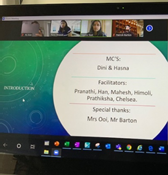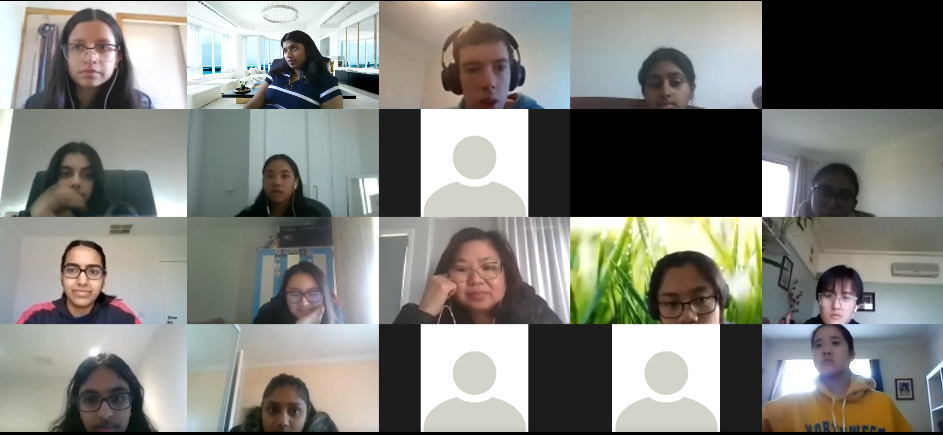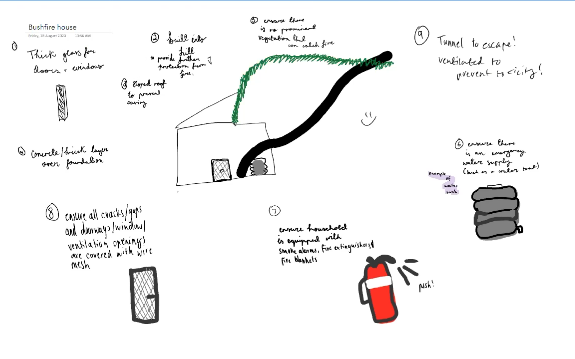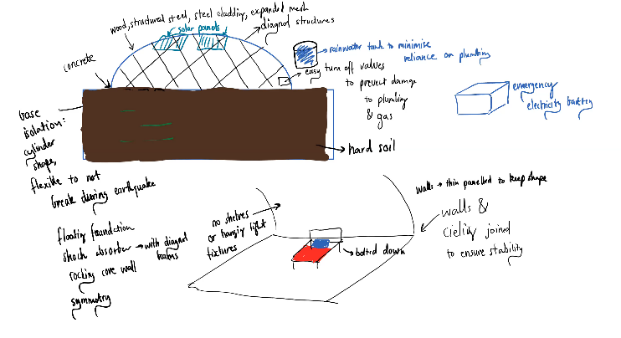NEST News

NEST Annual Summit
The NEST Summit is held annually at Nossal High School, in which all the schools in the Casey area and Select Entry Network are invited. This year, due to COVID-19, the summit was held online, and activities were planned to meet this change. We would like to thank all students who attended the summit and all the teachers who attended the Q and A session. We would also like to thank Ms Ooi for her advice and guidance as well as supervising the whole summit. Below are recounts given by some of the attendees:
The online NEST summit, although with its own difficulties and limitations due to the lockdown restrictions, was no doubt presented in a fun, engaging and educative manner. This year's theme, 'Natural disasters', was of incredible pertinence to the situation we, as Australian citizens, have found ourselves in during recent times. The consequences of the devastating bushfire crisis, reoccurring periods of drought and ongoing fight to establish climate justice not only for us, but for Indigenous Australians, were the focal points that were raised - igniting insightful discussion on the impacts and how we can overcome this and push for change at the government level. The brief introductory phase involved us talking about our perspectives on environment-concerned prompts, a fun ice-breaker that also served to inform us of the different viewpoints held regarding issues such as the consumption of meat and our carbon footprints. The summit also comprised of a Kahoot based around youth climate activist Sam Galvin's video that sought to educate us on the current situation and our next steps in protecting the environment. We split off into groups, and further discussion revolved around the creation of disaster-proof homes for incidents such as droughts and bushfires, where we learnt about the different measures that could be taken to maximise our safety when confronted by those situations. We were also lucky enough to be joined with panellist Sam Galvin, Deb Anderson (journalist) and Mandy Robertson from the Dolphin Research Institute for a live Q&A session. The culmination of their experience and knowledge was beneficial as we learnt about Australia's fight for climate justice, Indigenous communities and how they are affected and what is being done by politicians (both the good and the bad!), as well as how we, as consumers, can bring about change. It was a wonderful presentation, and I'd like to thank everyone who contributed to the successfully run summit. It is these educational opportunities that provide us with the information to implement much-needed change as we rapidly approach a future where, as informed students, we must take responsibility for the environment and play our part to protect the land.
Asmetha Ashok Kumar
Year 12
The 2020 NEST summit was a successful and engaging event once again this year. The event, held online for the first time, involved many students and staff from Nossal and nearby schools. Mandy Robertson from the Dolphin Research Institute, the youth climate activist Sam Galvin and the well-known journalist Deb Anderson helped answer some of our pressing questions in a Q&A event. Throughout the day, we also engaged in fun activities such as a Kahoot and polls about the environment, and collaborative tasks like designing a house to withstand a natural disaster like a flood or earthquake. We finished the day with a Skribbl.io game and closing remarks, ending the event on a positive note leaving us all inspired and hopeful for change in the future.
Hamza Ahmed
Year 10
Much like this year, the 2020 Summit hosted by NEST was one of a kind. It was hosted on Zoom by the wonderful NEST leaders, Dinithi Perera and Hasna Kazi. The Summit started off with the attendees playing a round of Icebreakers to get to know each other. Then, the attendees watched a pre-recorded video from Youth Climate Activist, Sam Galvin, who was also one of the panellists of the event. His video spoke about many of the shocking facts overlooked by delusional politicians regarding climate change. One of the appalling facts from the video that resonated with me was that before the industrial revolution, we had around 200 parts per million of carbon in our atmosphere. Following the Industrial Revolution, it increased to around 314 parts per million. Currently, we stand at 470 parts per million. His video implored us as young people to speak out against this climate crisis. Following the video, we played a short Kahoot quizzing what we had learnt from the video. Next, we were split into groups to come up with a shelter that was able to withstand the natural disaster our group was assigned with. Droughts, floods, earthquakes, bushfires and hurricanes were all the prompts given out. The groups all came back with strong ideas, some of which were unique and well thought-out. The Spectrum of questions followed. A poll for each of the questions was sent out by the hosts, Dini and Hasna, and all attendees were required to answer. The result of each poll was sent back for everyone to see. A thought-provoking conversation then ensued, where people gave explanations for their answers. I personally found it the most interesting part of the entire Summit because the questions asked were quite debatable and the results were not all that predictable, which meant for some interesting opinions.
Penultimately, there was the Q & A discussion by the panellists, Sam Galvin (youth climate activist), Mandy (Dolphin Research Institute worker) and Deb Anderson (journalist focusing on climate change). There were great questions asked, and the answers given by the panellists were profoundly insightful. A recurring theme across the entire summit was empowerment and that even though we as students are young, we are not too young to speak up or make a change, be it big or minute. Every change matters. Finally, we had the game of Skribbl.io to play, which was competitive, with people really getting into the game. Overall, this year’s Summit, although unprecedented, was outstanding!
Sai Kristam
Year 9






